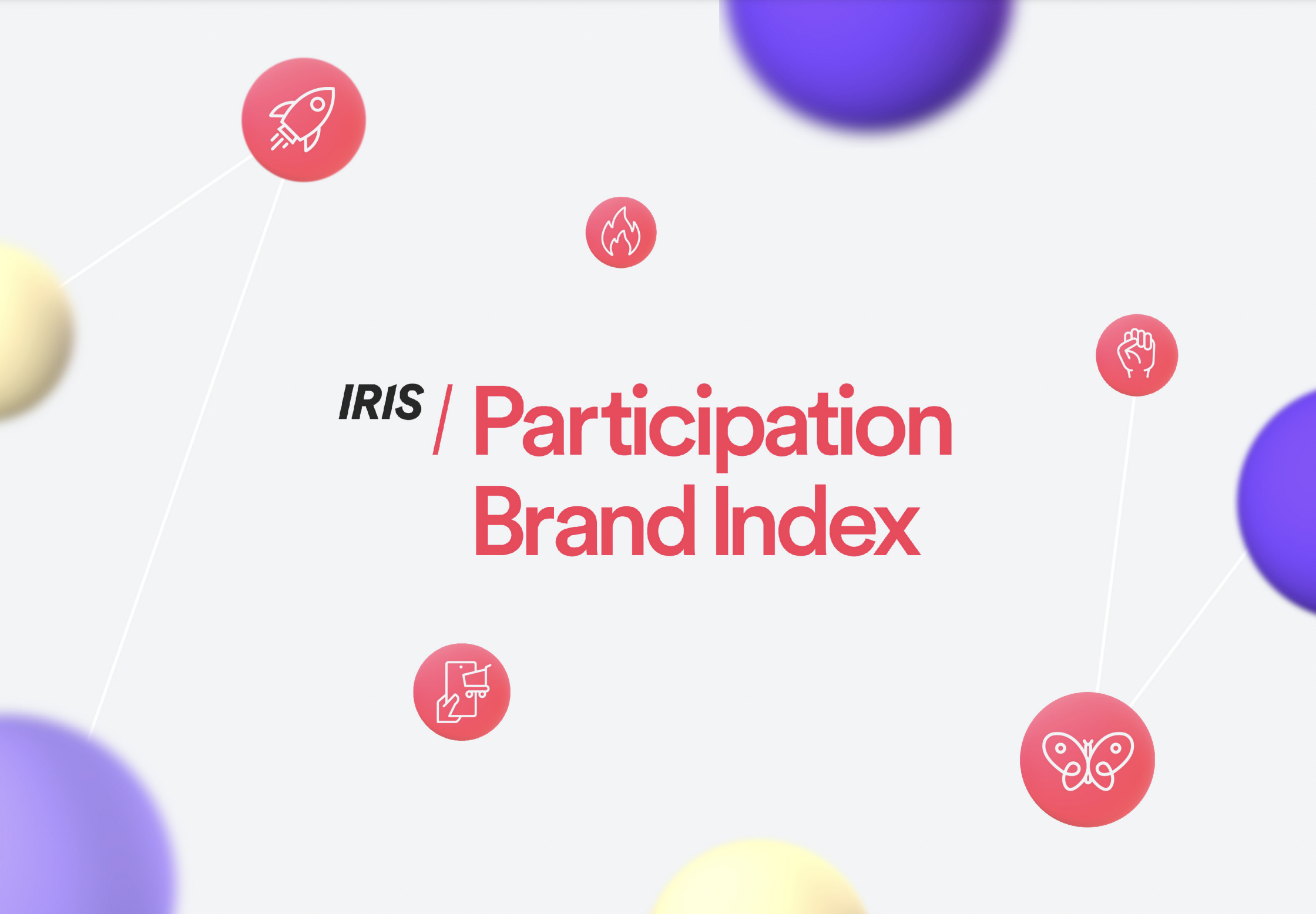Nowadays, it’s more important for brands to invite people to participate than to force a precise worldview on them. And it appears that B2B brands are better at it than the B2C field.

We live in a people-powered world now. As they become ever more hyperconnected, people are turning to each other (rather than advertising) for ideas of what to buy and how to live. The biggest brands of the past few years haven’t been brands at all, but people-powered movements and influential superstars.
Today, however, marketing that tells people what to do no longer works. It must instead invite people to participate. Hence, the term ‘participation brands’.
The strategies to achieve this range from building purposeful brand platforms to innovation-led customer experiences and people-powered influencer programmes. But how should a marketer know what commercial outcomes they each achieve, and, then, prioritise and arrange them?
Iris’ 2021 global participation brand Index (PBI) study analyses the response of B2B audiences in the US, Europe, and Asia to 25 “modern” marketing levers. What’s the study’s main result? Quite shockingly, B2B brands are not only thriving in the participation age, but for the first time they’re outperforming their B2C peers.
B2B buyers are willing to pay higher prices charged by participation brands and recommend them more frequently because of these 4 key factors these brands deliver on well:
Human empathy
Winning B2B brands are ones that build a nuanced understanding of people and successfully transform that insight into creating ‘active’ participation. They don’t treat their B2B audiences as soulless corporate machines but identify who their target audience really is and build a rich profile of them. They take the time to understand the real human drivers and barriers at play in the customer journey.
Starting from serving not selling
They move up the buyer journey with the goal of helping to create and shape the client needs to begin with – long before their audience is in a buying mindset. They ignite thought-provoking conversations around relevant customer problems that they know their audience is grappling with. They’re already there when people are asking bigger questions about their businesses, future strategies, and vision.
Doing so, they position themselves as the ideal go-to partners further down the journey when those people are eventually in the buying mindset.
Experience-led
They recognise that it’s no longer just about creating the right kind of communications interventions. Instead, winning B2B brands know that today’s business audiences expect the kind of experiences they’re used to in the world of B2C, so they take an experience-led approach. They design an experience that is easy, fresh, and responds to a need.
Data-driven personalisation
The winning brands are also nimble with data. They use customer data to tailor and target to provide the right kind of 1:1 experience every step of the way. This means that they can recognise when the B2B buyer is further downstream of the journey and is eventually in the buying mindset.











